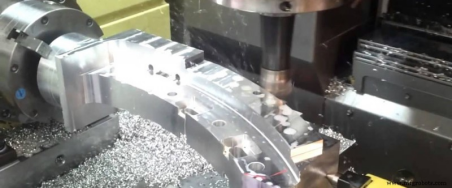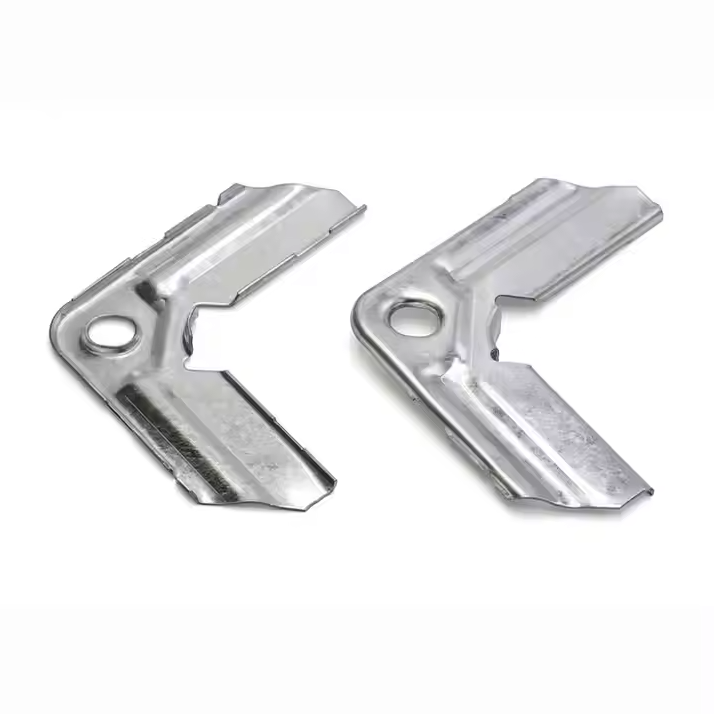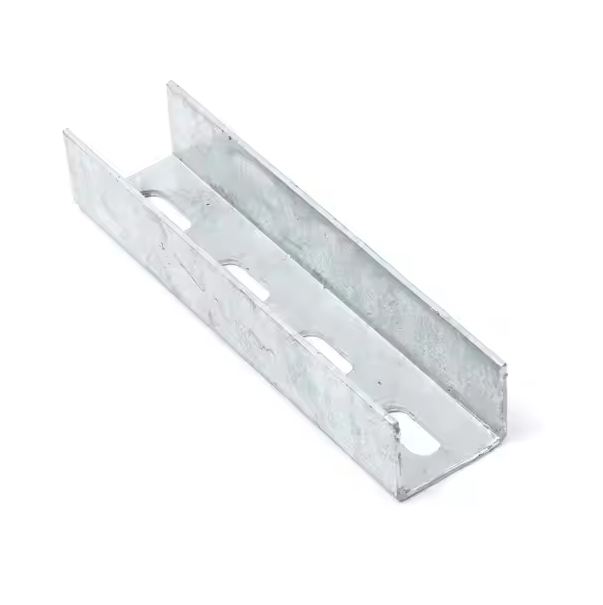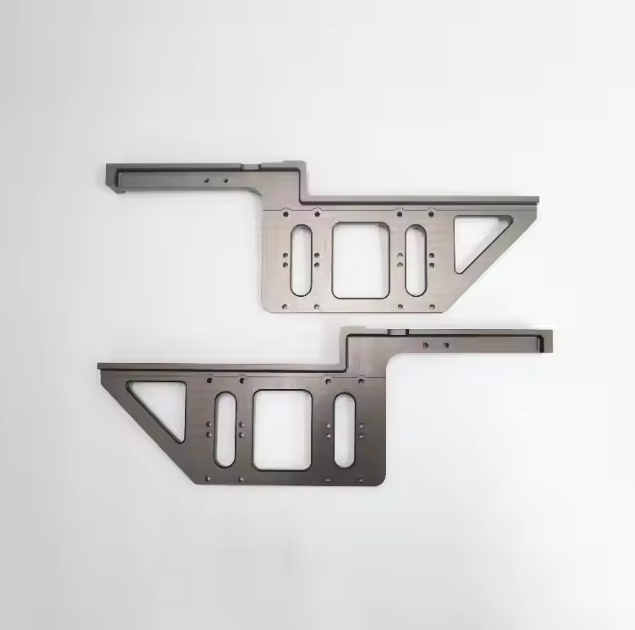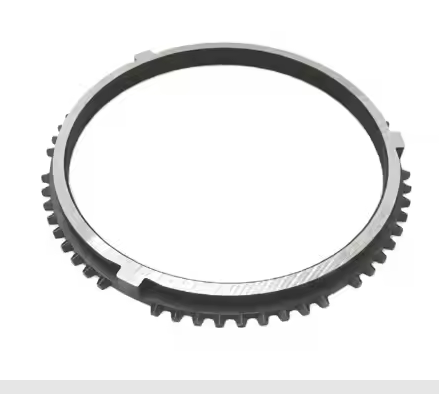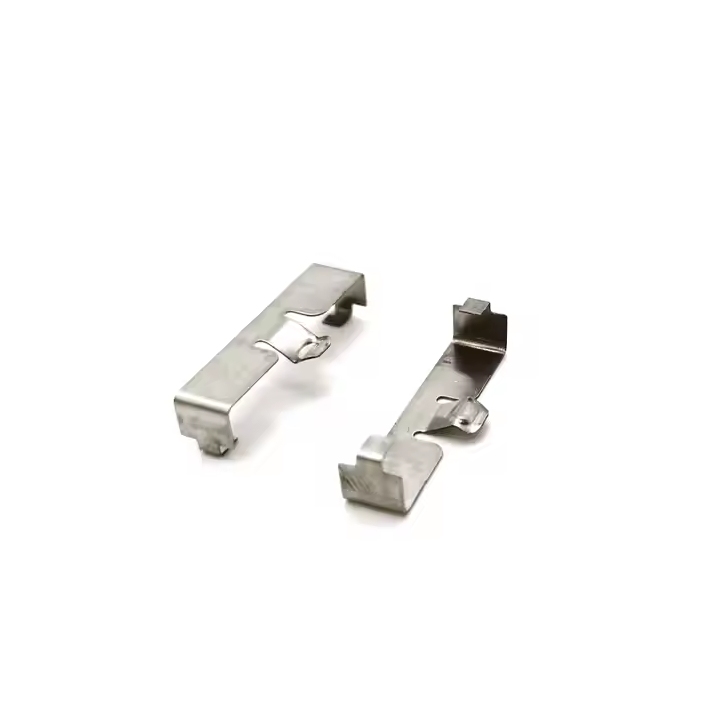CNC machining technology also follows the cutting rules of mechanical machining, which is roughly the same as the machining technology of ordinary machine tools. Since it is an automated machining process that applies computer control technology to mechanical machining, it has the characteristics of high machining efficiency and high precision. The machining technology has its own unique features, the process is relatively complex, and the work step arrangement is relatively detailed and thorough.
Rough machining and fine machining complement each other, forming a complete process chain in CNC machining, providing strong support for efficient and high-precision manufacturing.
The difference between roughing and finishing
Roughing and finishing are two key processes in CNC machining, and their respective purposes and operation methods are different.
1. CNC roughing
Concept:
Roughing is the preliminary processing stage of removing a large amount of material, with the purpose of removing the main part of the material and forming a contour and basic structure close to the finished product as soon as possible. This stage usually uses large tools and high feed rates to process at a high cutting depth.

Features
Large cutting volume: large tools are used for rough machining, and large cutting volume is used to remove materials.
High efficiency: rough machining focuses on rapid material removal and improving efficiency.
Low surface accuracy: due to the large amount of removal, the surface roughness is relatively high.
Applicable scenarios: used to remove large pieces of excess material, make the workpiece close to the finished shape, and reserve uniform material for finishing.
2. CNC finishing
Concept
Finishing is the fine finishing of the workpiece after rough machining, focusing on surface finish and dimensional accuracy to achieve the final design requirements. Smaller tools and lower feed rates are used during finishing.

Features
Small cutting volume: small tools are used for finishing, with small amount of material removed and small cutting depth.
High precision: finishing pursues higher dimensional accuracy and surface quality.
High surface finish: the surface is smooth and has no obvious knife marks after finishing.
Applicable scenarios: mainly used to obtain precise size, shape and high-quality surface to meet design and aesthetic requirements.

Common finishing operations include milling, grinding, electroplating, shot peening, polishing, anodizing, powder coating, sandblasting, painting, etc. Therefore, depending on the characteristics of the required parts, manufacturers will use specific finishing processes or appropriate combinations of finishing operations to add or improve the following characteristics of the machined parts:
Hardness
Adhesion
Weldability
Conductivity
Smoothness
Corrosion resistance
Wear resistance, etc.

In most CNC machining projects, finishing is usually done after the machinist has rough-machined the workpiece. In addition, the purpose of finishing is to achieve certain specific features or functions of the machined part to achieve the final flatness, thickness, tolerance and surface finish.
CNC roughing and finishing advantages and applications
CNC roughing and finishing each have their own advantages and provide unique value in different application scenarios.
CNC rough machining
Advantages
High efficiency: The main goal of roughing is to remove large amounts of material quickly, and using large tools and high cutting depths can significantly reduce machining time.
Cost reduction: By quickly removing materials, the allowance is reduced for the subsequent finishing stage, and the overall processing time and tool wear are reduced, thereby saving costs.
Reduce the risk of deformation: Rough machining can allow the workpiece to reach a more stable structure after the stress is released, providing a good foundation for subsequent finishing.

Application
Machining of large parts: Especially suitable for large structural parts in the aviation, shipbuilding, mold and other industries, it can quickly remove materials and initially form the workpiece contour.
Automotive industry: When used to manufacture parts such as engine cylinders, rough machining can quickly remove unnecessary materials and leave a precise blank shape for subsequent finishing.
CNC finishing machining
Advantages
High precision and high finish: Finishing pursues higher dimensional accuracy and surface quality, and is suitable for processing parts with strict requirements on accuracy and finish.
Extend tool life: Finishing has small cutting volume, low feed rate, less tool wear, and extended tool life.
Improve aesthetics: The high-finish surface reduces the need for subsequent polishing and has obvious advantages in appearance parts.

Applications
Aerospace: Precision machining is widely used to manufacture high-precision aviation parts to ensure accurate dimensions and smooth surfaces.
Electronics: Processing of fine molds, connectors, frames and other parts to meet the requirements of precision and appearance quality.
Medical equipment: Used to process implants, precision instrument parts and other parts that require strict tolerances to ensure that they meet safety and functional requirements.
CNC roughing and finishing are critical to protection, aesthetics, functionality and process optimization. With expertise in both processes, you can trust Xuanmin's experts to deliver the best results.
Whatever CNC machining result you desire, you can count on us to meet your requirements, provide high dimensional accuracy, adhere to ideal feed rates and cutting depths, and more.
